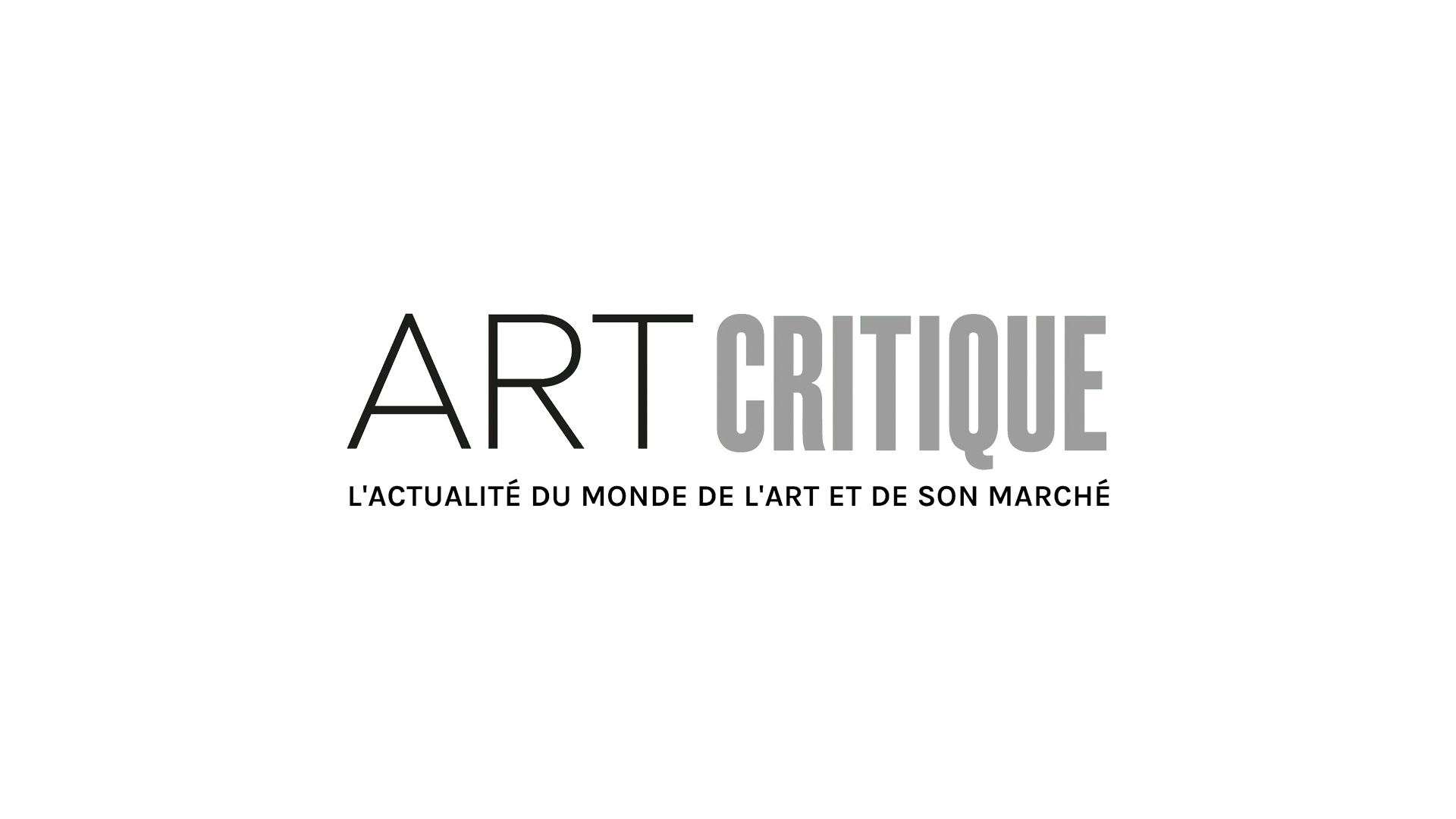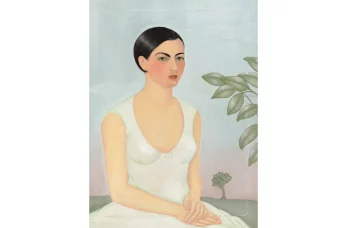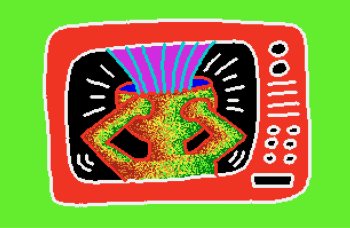In a packed-out auction house of around 900 people on Sunday in the French town of Senlis, a panel painting believed to be by Cimabue busted its pre-sale estimate when it sold for €24.2 million, with fees. The small tempera painting, which has been called The Mocking of Christ, is one of only a dozen or so works on panel by the Medieval artist that still exist today.
Before the painting came to auction at Actéon, it had a very unassuming place on the wall nearby the kitchen of a woman’s house in Compiègne. It was discovered earlier this year in June when the items in the woman’s house were valuated. While the family of the woman had never given much thought to the religious painting, Actéon’s Philomène Wolf saw the work and suspected it might just be by Cimabue. ‘I had a rare emotion with this little painting, almost indescribable,’ Wolf told The New York Times. ‘In our profession, we know that this emotion was the result of a great master.’
The painting was part of a 13th-century altarpiece, which has been proved by the markings on the reverse of the panel, the style, and the original frame as they all match those of other known works that were a part of the diptych. According to Eric Turquin, a consultant who worked with Actéon to orchestrate the sale, this evidence ensures that the work is by Cimabue even though so much of the painting’s history is unknown. Other known works from the diptych are the Flagellation of Christ, now a part of the Frick Collection, and the Madonna and Child, which was purchased by the National Gallery in London from the Frick Collection in 2000 for £7.2 million.
As the auction proceeded, a number of parties were interested in the Cimabue and it even attracted bids from a contemporary gallery, which according to Turquin, was a first. Ultimately, Fabrizio Moretti, a London-based art dealer, won the bidding war which saw the €6 million high estimate quadrupled. ‘I bought it on behalf of two collectors,’ Moretti said after the auction. ‘It’s one of the most important old master discoveries in the last 15 years. Cimabue is the beginning of everything. He started modern art. When I held the picture in my hands, I almost cried.’ The auction also set the highest price paid for a work by an European Old Master since the Salvator Mundi, believed to be by Leonardo da Vinci, sold for $450 million (£341 million) in 2017.
Cimabue, also known as Cenni di Pepo, was an artist known for creating a more fluid style of painting and is sometimes considered to be the ‘father’ of Western painting. His best known work is the Crucifixion in Florence’s Santa Croce, which has unfortunately been damaged due to flooding.
‘When a unique work of a painter as rare as Cimabue comes to market,’ auctioneer Dominique Le Coent said to Reuters. ‘You have to be ready for surprise.’
More art deals:
When an art dealer single-handedly earns more money than an auction house
Terry Allen Kramer’s art and furniture collection is headed to auction
SI Newhouse’s $150m art collection up for auction





